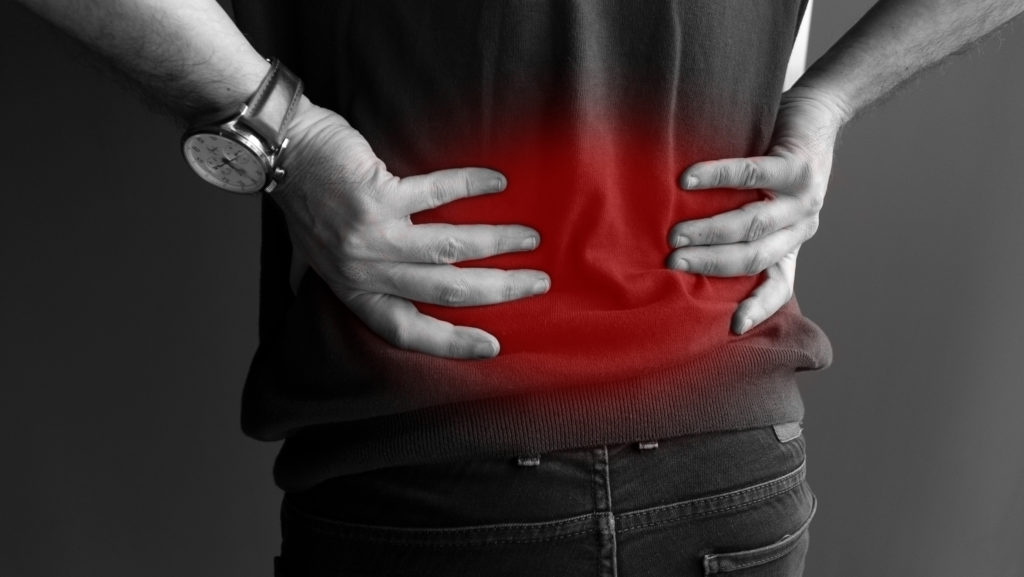Do you struggle with an aching back? If so, you are not alone. According to the Arthritis Foundation, back pain is one of the most common health problems in the United States, and 80 percent of adults report having had back pain at some point in their lives.
Causes of Back Pain
There can be many causes of acute and chronic back pain, including strenuous physical activity, injuries, and age. But, some back pain is directly related to bone and joint disorders and deformities. Some of the more common conditions include:
- Arthritis. This joint condition is caused by the breakdown of cartilage, often resulting in painful joint movement. Osteoarthritis of the spine is commonly found in the lower back and neck and involves degenerative cartilage – where the cartilage that cushions bones wears down. If the cartilage wears down enough, the everyday pressure on the joints can start to press on the nerves, creating pain and possible weakness in the arms and legs.
- Scoliosis. Scoliosis is when the spine develops an irregular curvature. Often diagnosed during growth spurts before puberty, the condition is usually mild and may be remedied with the use of a back brace. If left undiagnosed, the spine may begin to twist – cramping the space in the chest and abdominal cavity.
- Spondylolisthesis. This spinal condition stems off of another spinal injury known as spondylolysis. Both are common in athletes who participate in weightlifting, gymnastics or football when extensive stress is put on the spine and lower back. Spondylolysis is diagnosed when a crack or fracture shows in the lower back bones. If the fracture widens enough that the vertebra shifts, spondylolisthesis will result.
When Should You Seek Medical Attention
Rest, ice, heat and/or anti-inflammatory medications often bring relief to people suffering from back pain. When these steps aren’t enough, it’s important to get a thorough medical evaluation. X-rays may be taken to view the position of the vertebra and aid in the diagnosis of a bone or joint disorder. Diagnostic tests may also include blood tests and MRIs. Nonsurgical treatment may involve physical therapy and the use of a back brace. In some cases, surgical spinal fusion may be required to improve or correct the condition.





